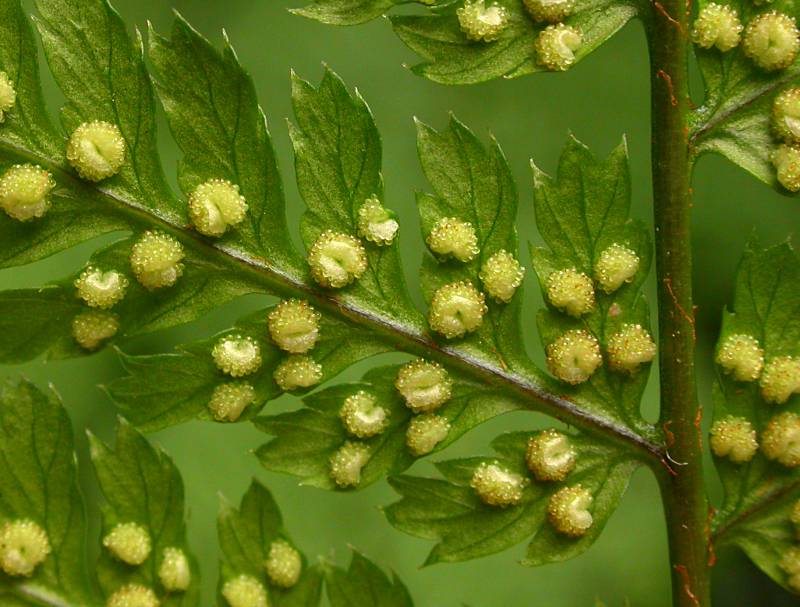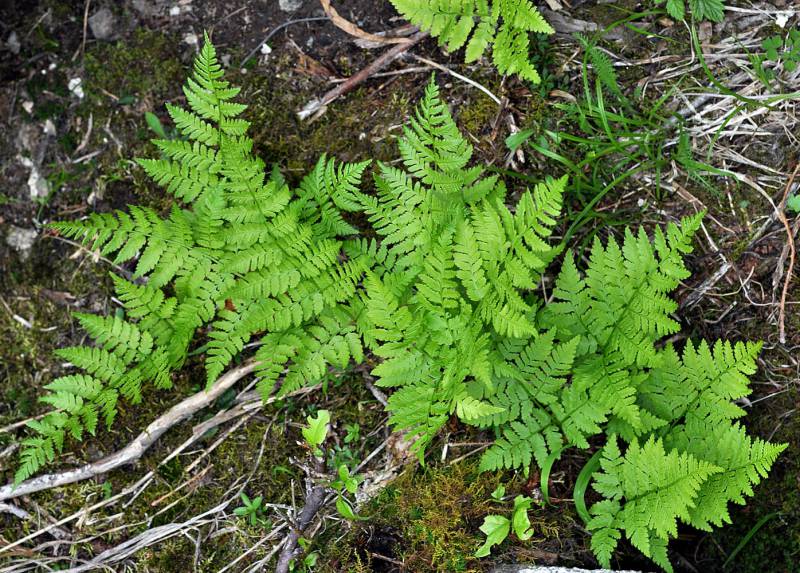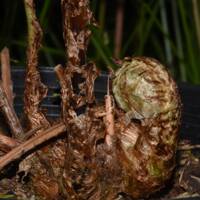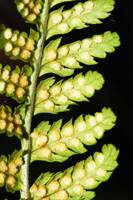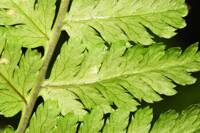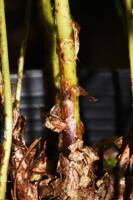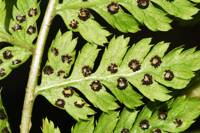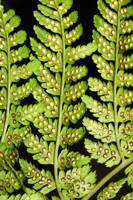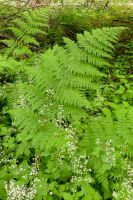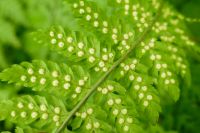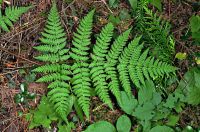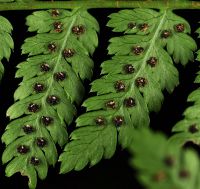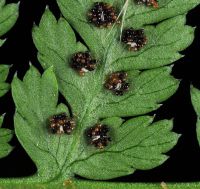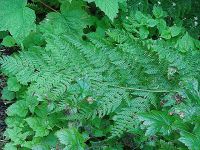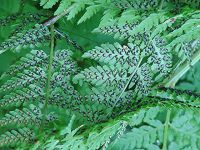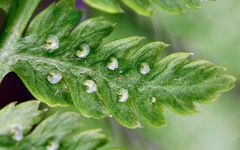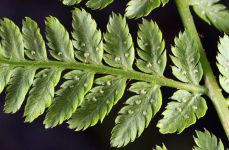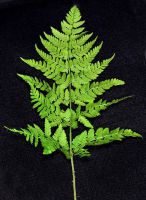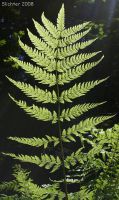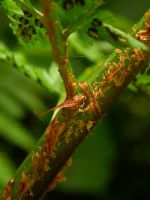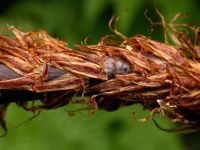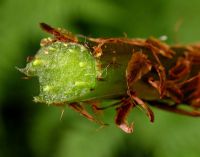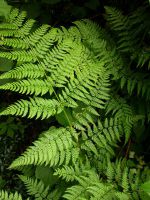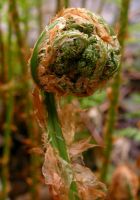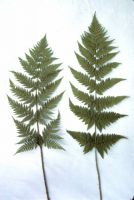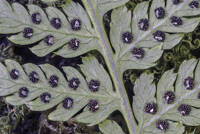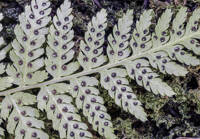Distribution: Occurring on both sides of the Cascades crest in Washington; Alaska to California, east to Alberta, Idaho, and Montana.
Habitat: Moist to wet woods and streambanks.
Origin: Native
Growth Duration: Perennial
Conservation Status: Not of concern
Perennial with stems creeping to erect, dying back in winter delayed, lacking stolons.
Leaves monomorphic, 90 cm long and 30 cm broad; petiole 1/3 length of leaf; scales found at least at base, scattered, brown with dark brown stripe; blade green, deltate-ovate, 3-pinnate-pinnafitid, typically eglandular, sometimes densely fine-glandular; pinnae generally in same plane as blade, lanceolate-pblong, basal pinnae deltate and slightly reduced, basal pinnules longer than or equal to others, basal basiscopic pinnule longer than basal acroscopic pinnule, pinnule margins serrate.
Sori halfway between midvein and segment margins; indusia glands absent or slightly glandular, round-reniform, attached at narrow sinus; spores brownish.
Publication: Brit. Fern Gaz. 11: 338. 1977.
Dryopteris campyloptera (Kunze) Clarkson, misapplied [FNA2]
Dryopteris dilatata (Hoffm.) A. Gray, misapplied [Abrams, Peck]
Dryopteris dilitata (Hoffm.) A. Gray var. americana (Fisch.) Hultén
Nephrodium expansum C. Presl
PNW Herbaria: Specimen records of Dryopteris expansa in the Consortium of Pacific Northwest Herbaria database
WA Flora Checklist: Dryopteris expansa checklist entry
OregonFlora: Dryopteris expansa information
E-Flora BC: Dryopteris expansa atlas page
CalPhotos: Dryopteris expansa photos

